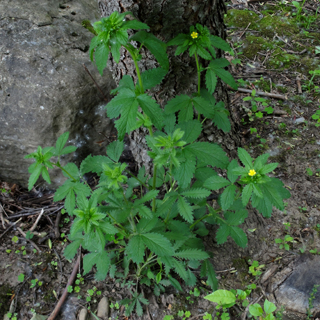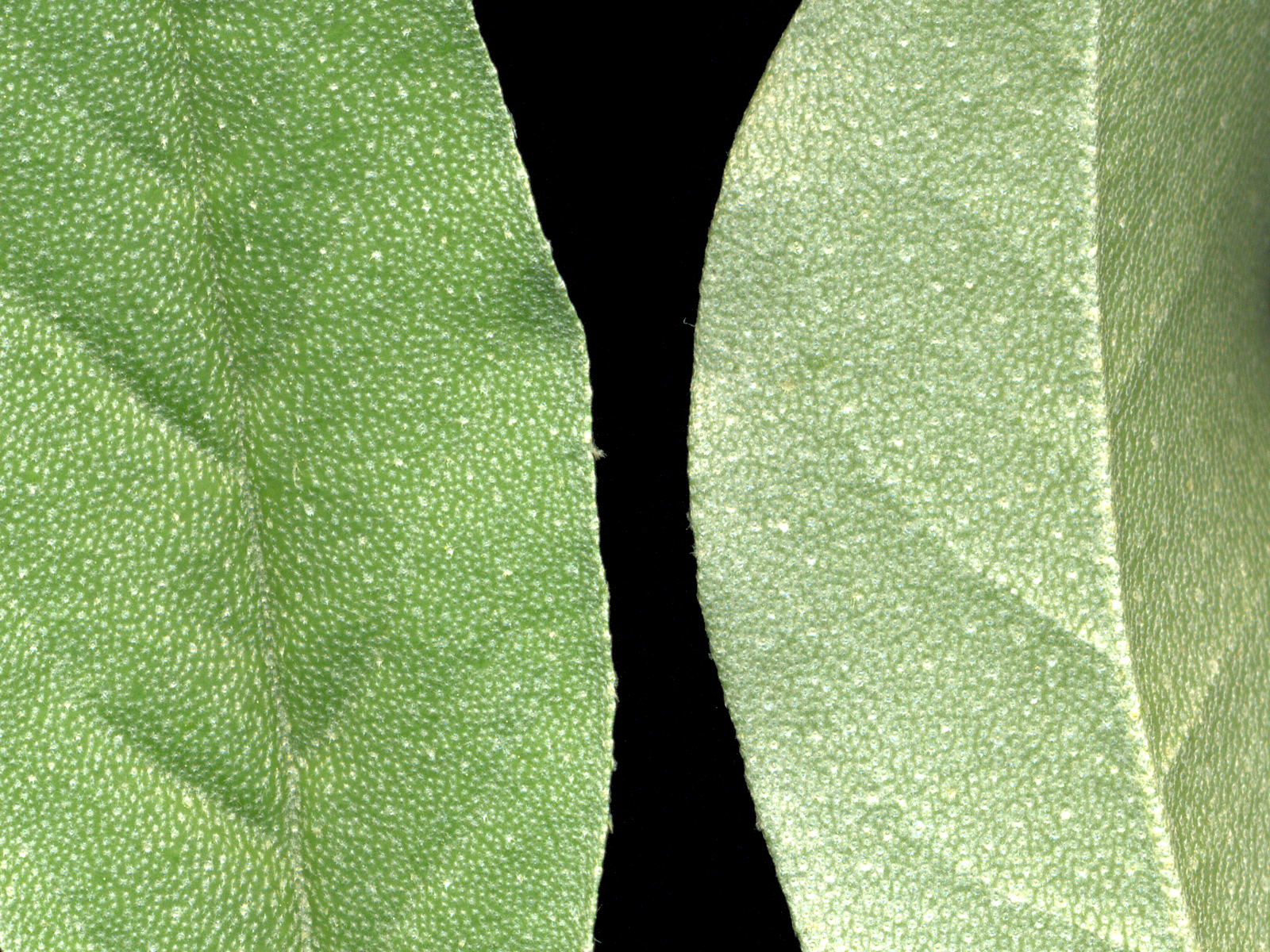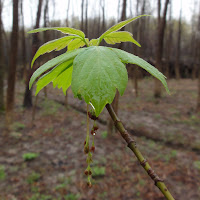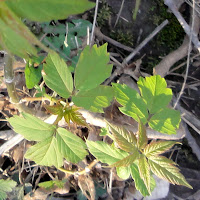An attempt to explain my apparently irrational behavior as some grand benevolent native species restoration project.
Friday, September 23, 2011
Saturday, June 18, 2011
Urtica dioica (Stinging Nettle)
This morning I saw an interesting weed growing against the foundation of our house. I figured that I'd let it stand for a while to see what it turned out to be. I started to pull up some of the competing weeds around it and immediately decided that I knew what it was. After washing and soaking my stinging wrist, I looked up "nettle" and determined that indeed this was an individual of the species Urtica dioica, the common stinging nettle that I've met before while walking through fields of tall grass in shorts, but never taking the time to see which plant was causing the burning welts on my legs.








The above pictures were taken today with our Canon Rebel SLR with a 100mm macro zoom lens.








The above pictures were taken today with our Canon Rebel SLR with a 100mm macro zoom lens.
Tuesday, June 7, 2011
Potentilla norvegica (Norwegian cinquefoil)
Today's weed is Norwegian cinquefoil (Potentilla norvegica).





There are several of these weeds in the woods behind our house. I let them grow basically because I didn't know what they were. Most of the compound leaves have five lobes, but other than that, they look a lot like strawberry leaves, which are everywhere in our yard. Actually "ubiquitous" would be a more appropriate word than "everywhere", but "ubiquitous" has become -- well, it seems to be showing up everywhere lately.




A note about the pronunciation of cinquefoil:





There are several of these weeds in the woods behind our house. I let them grow basically because I didn't know what they were. Most of the compound leaves have five lobes, but other than that, they look a lot like strawberry leaves, which are everywhere in our yard. Actually "ubiquitous" would be a more appropriate word than "everywhere", but "ubiquitous" has become -- well, it seems to be showing up everywhere lately.




A note about the pronunciation of cinquefoil:
I guess because the last language I learned was Italian (40 years ago), I was pronouncing the common name something like "chink-wuh-foil", until I finally looked it up and saw that it is normally pronounced more in a more Spanish way, "sink-foil" or in the more French way, "sank-foil".
Wednesday, June 1, 2011
Elaeagnus umbellata (Autumn Olive)
Again I was disappointed to discover that one of our trees is considered to be invasive on this continent. This tree was growing on the east side of our house in an area where I had given up mowing during one of the first years that we lived here. I was using a reel mower (the kind with no motor), and this area stayed wet well into the spring, making more unnecessary work than I wanted to do. So, partly out of curiosity, I just left that area to whatever wanted to grow. After a decade, the primary vegetation besides grass, goldenrod, and assorted weeds, was naturally buckthorn, honeysuckle, and a handful of small ash trees. There were also a few crabapple, cherry, and sumac trees. But there was one very bent-over tree with a bunch of suckers that I thought was some kind of willow, but had not taken the time to identify. Yesterday I noticed a bunch of yellow trumpet-shaped flowers on it and eventually identified it, first as Autumn Olive (Elaeagnus umbellata), then as Russian Olive (Elaeagnus angustifolia). Then after vacillating for a while, I settled back on Autumn Olive. It really doesn't matter which, because both are listed as invasive, so I plan to cut it down either way. I had considered letting it grow until it bore fruit, so that I could taste it - it's supposedly very good for you. But I'm heading out to cut it down now to make room for more desirable tenants.
































Monday, May 30, 2011
Acer negundo (Boxelder)

Not Toxicodendron radicans
Speeking (er, blogging) of poison ivy, a few months ago I posted a "Boxelder Revisit," showing a couple of early spring boxelder flowers. It turns out that I had never posted a "Boxelder Visit" (that I can find anyway). The story would have gone that while hacking down honeysuckle and such last fall, I was stopped in my tracks by the sight of a poison ivy vine on a small tree in the midst of the honeysuckle. Then I realized that there was no vine, and the tree itself was producing the leaves. Googling "poison ivy tree" immediately informed me that this was in fact a boxelder tree (Acer negundo), a type of maple.




















Subscribe to:
Posts (Atom)